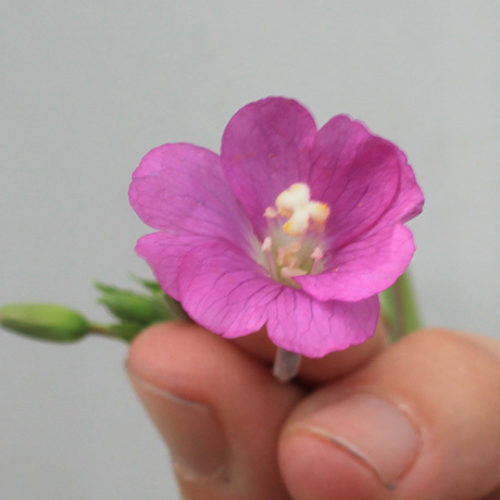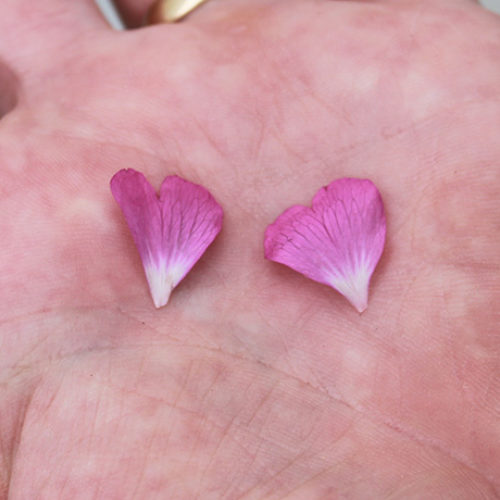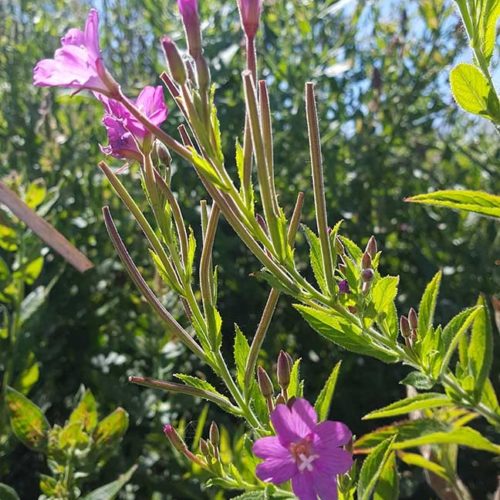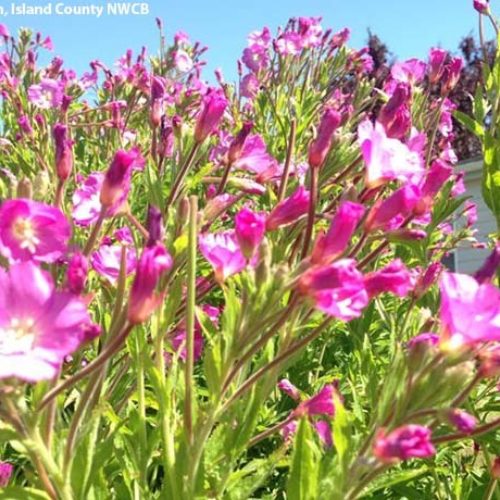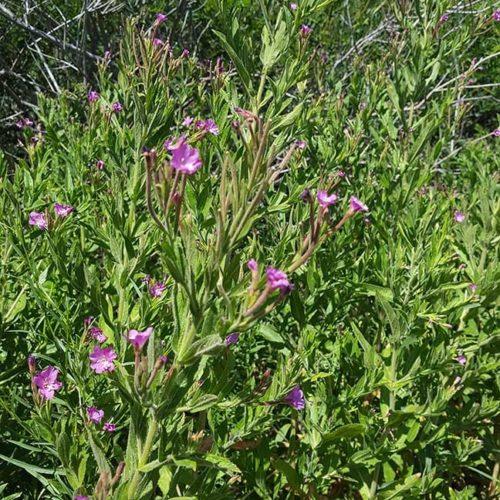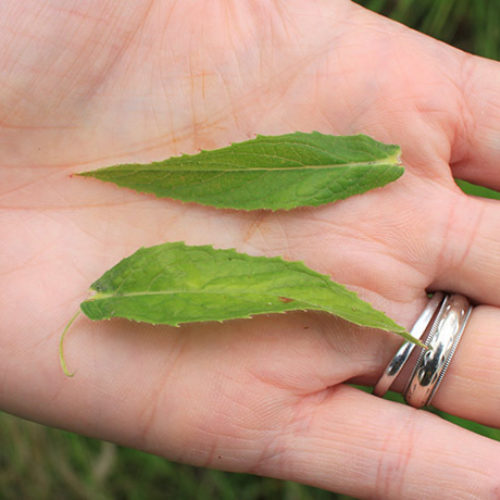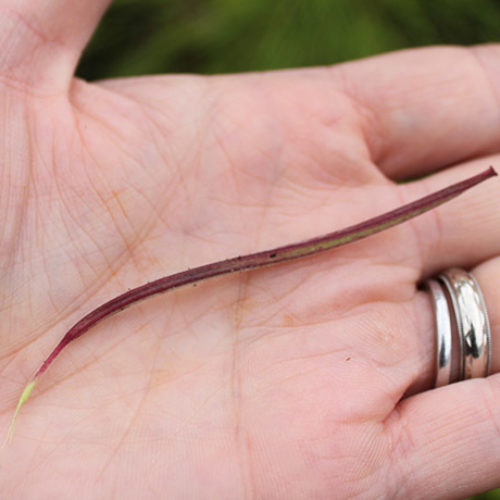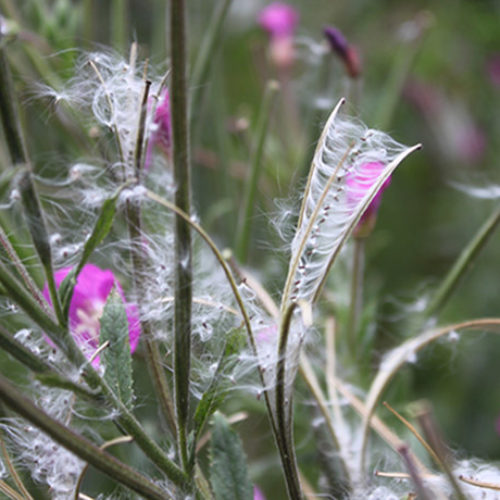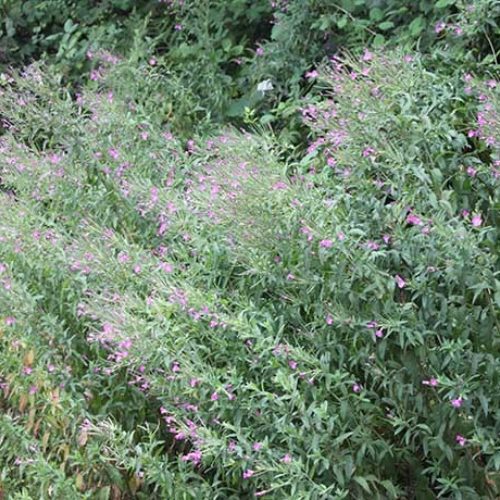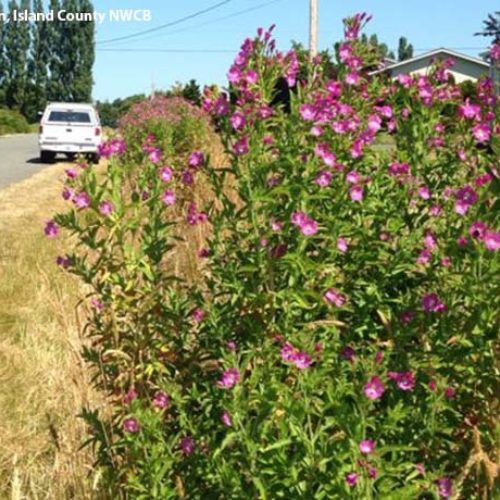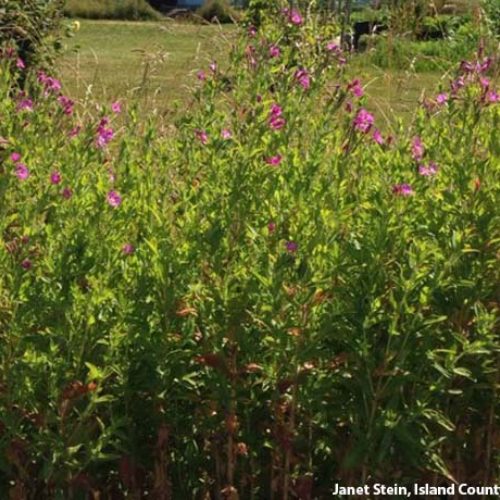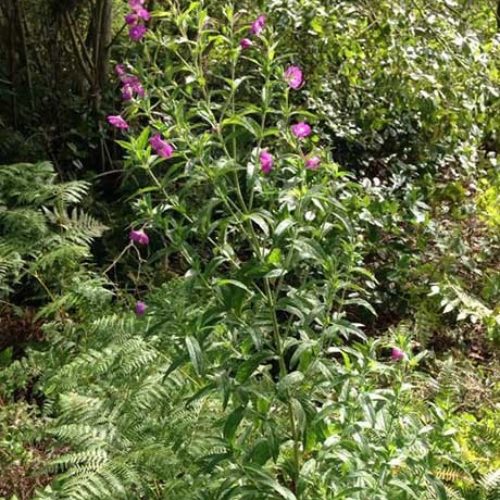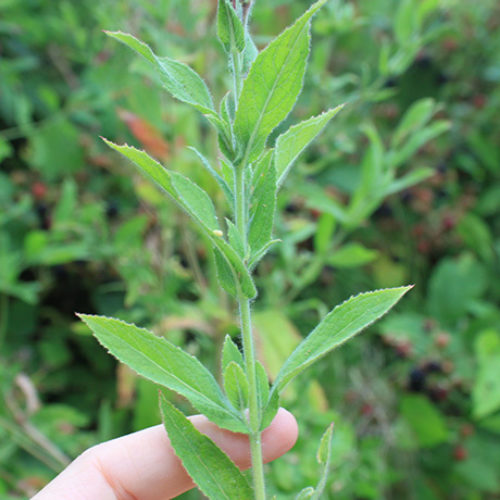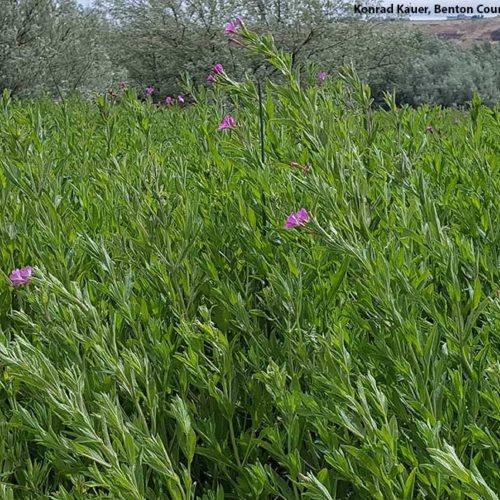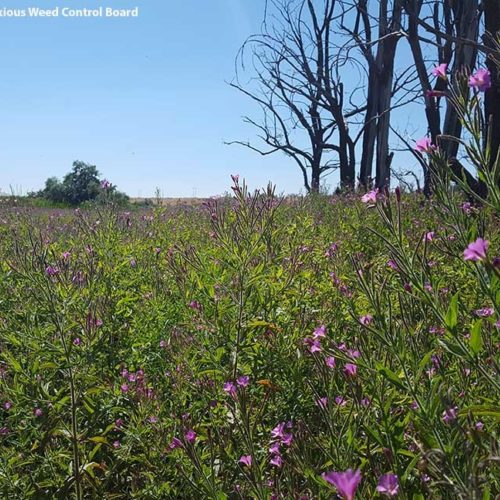Hairy Willow-Herb
Epilobium hirsutum
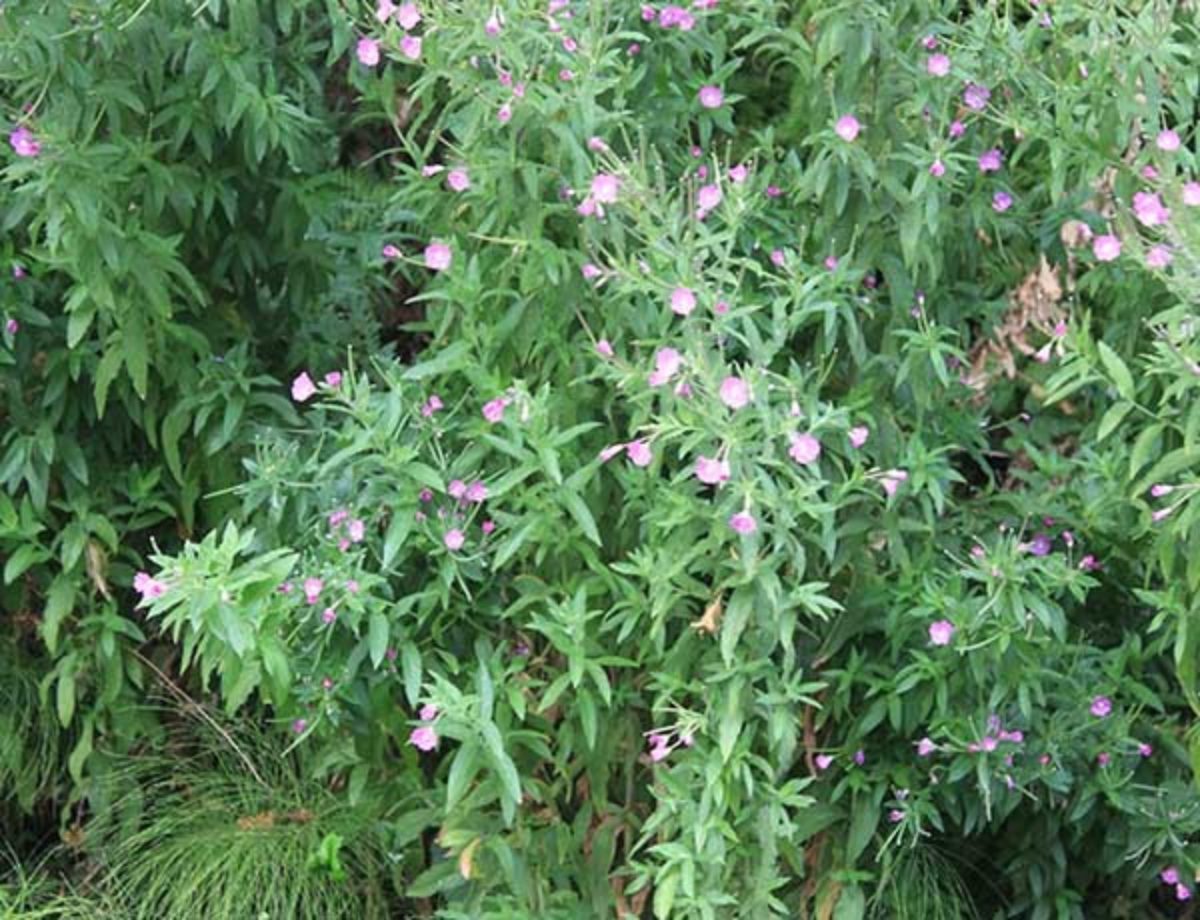
Family: Onagraceae
Weed class: B
Year Listed: 2004
Native to: Africa, Asia and Europe
Is this Weed Toxic?:
not known to be
Legal listings:
This plant is also on the Washington State quarantine list. It is prohibited to transport, buy, sell, offer for sale, or distribute plants or plant parts of quarantined species into or within the state of Washington or to sell, offer for sale, or distribute seed packets of seed, flower seed blends, or wildflower mixes of quarantined species into or within the state of Washington. Please see WAC 16-752 for more information on the quarantine list. For questions about the quarantine list, contact the Washington State Department of Agriculture's Plant Services Program at (360) 902-1874 or email PlantServices@agr.wa.gov.
Why Is It a Noxious Weed?
Hairy willow-herb is a tall, attractive plant capable of escaping cultivation to form monotypic stands in natural wetland areas. Aggressive and dense growth can crowd out native or beneficial species.
How would I identify it?
General Description
Hairy willow-herb is a semi-aquatic, softly-hairy herb that ranges in height from 3 - 6 feet tall.
Flower Description
The showy rose-purple flowers extend from leaf axils near the top of the plant. Flowers are approximately ¾ inch across. Each flower has four sepals, four notched petals and eight stamens. Blooms occur in July and August.
Leaf description
The leaf arrangement is mostly opposite, and the toothed leaves are lanceolate shaped (much longer than wide, and widest below the middle).
Stem description
Stems are upright, branched more near the top and covered in hairs.
Fruit Seed Description
The seeds are in long narrow capsules. Seeds have a tuft of white hairs attached.
Where does it grow?
It is found in a wide range of moist soils, including wetlands, ditch and stream banks, low fields, pastures and meadows. Please click here to see a county level distribution map of hairy willow-herb in Washington.
How Does it Reproduce?
It spreads by seeds and by rhizomes and adapts to its growing conditions. Axillary buds, found at the base of the stem, produce stolons. These stolons develop adventitious roots which pull the stolons into the ground where they develop into rhizomes.
How Do I Control It?
Mechanical Control
Small infestations may be hand dug, but care must be taken to remove as many rhizome fragments as possible. Sites must be checked for re-growth from missed root fragments. Mowing may be an option to prevent seed production but will not kill the plant.
Herbicide Control
Please refer to the PNW Weed Management Handbook, or contact your county noxious weed coordinator.
For More Information
See our postcard for early detection information about hairy willow-herb.
See our Written Findings for more information about hairy willow-herb (Epilobium hirsutum).
Department of Ecology's Integrated Pest Management Profile of Hairy willow-herb
WSDA Report on testing control methods of hairy willow-herb (Epilobium hirstum).
Island County NWCB Fact Sheet on hairy willow-herb
Whatcom County NWCB Fact Sheet on hairy willow-herb
King County NWCB Fact Sheet on hairy willow-herb



